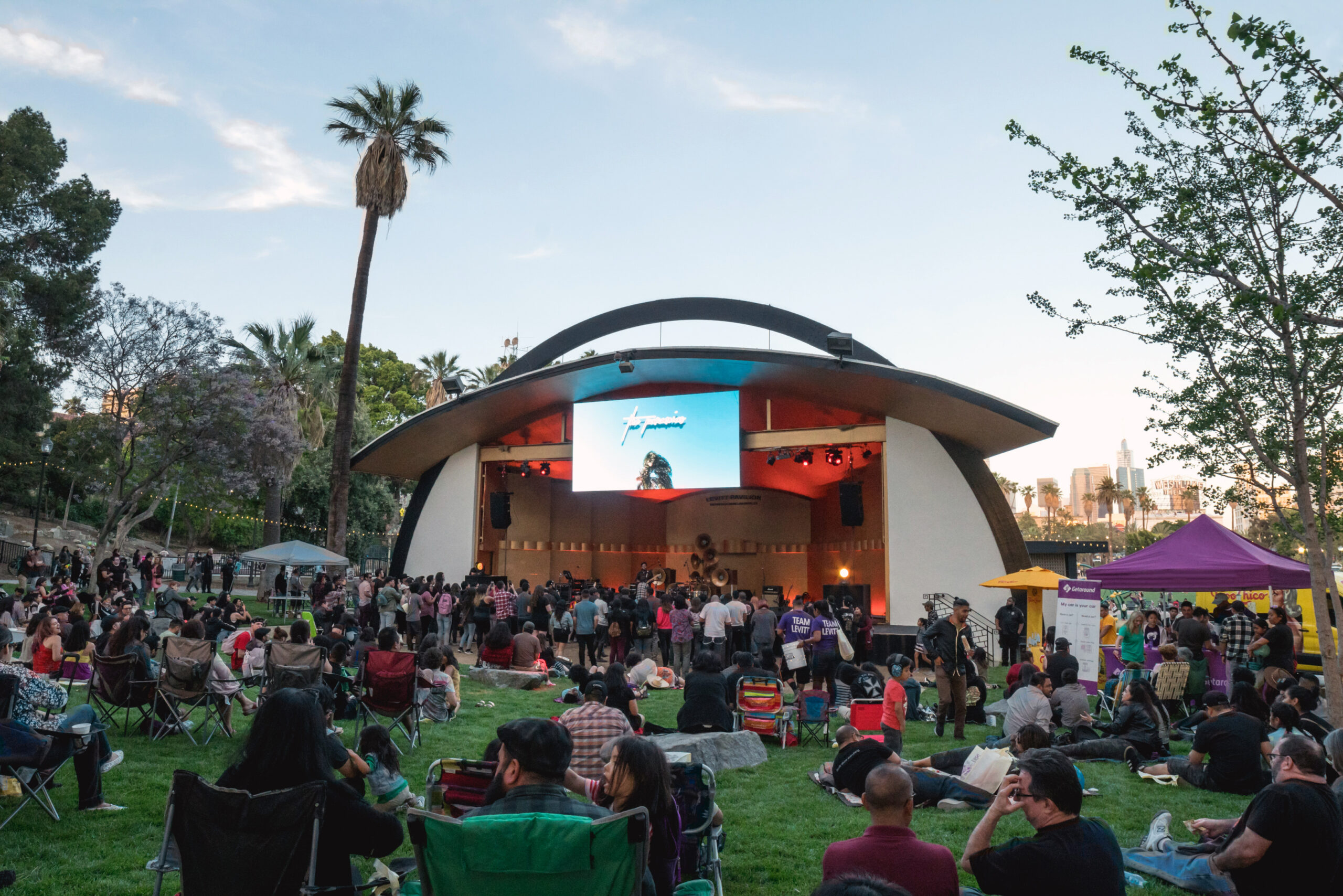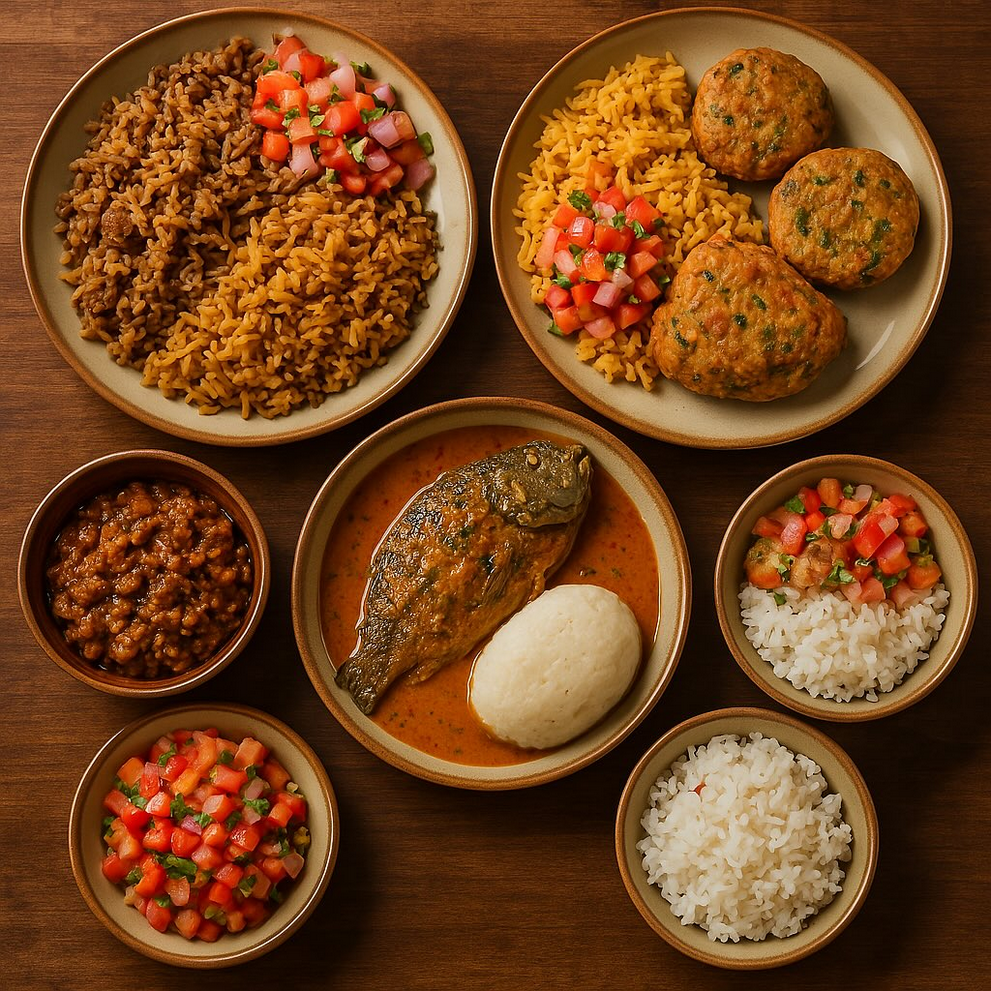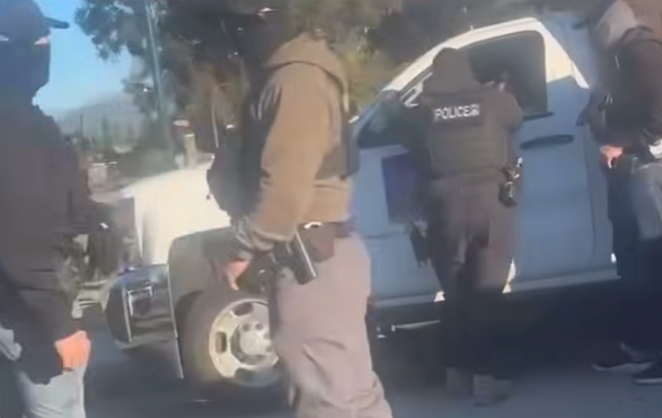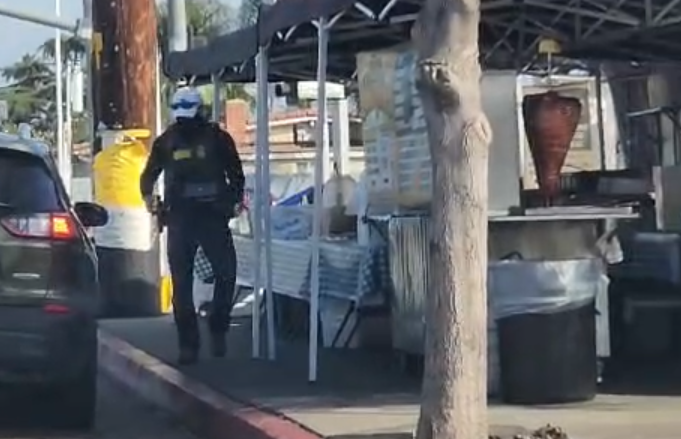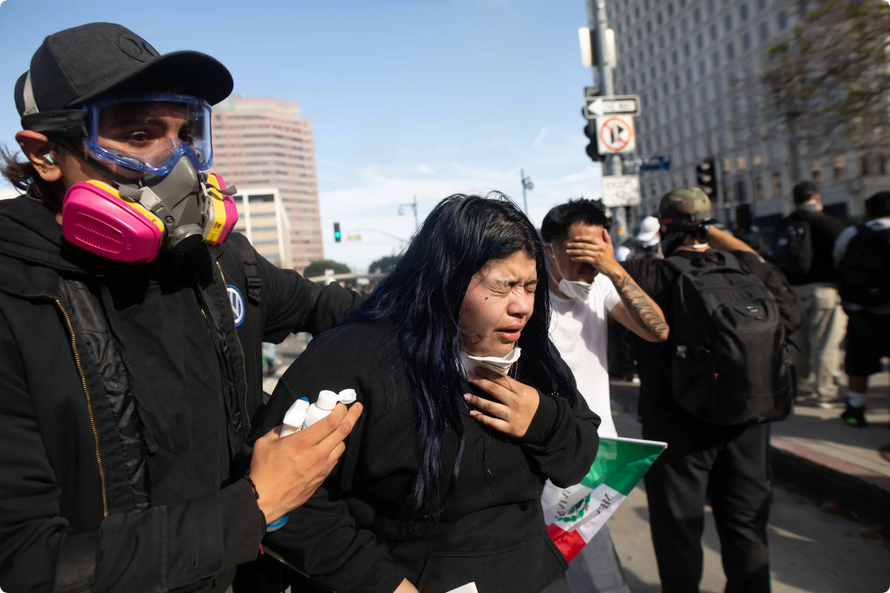L.A.’s beloved Levitt Pavilion is celebrating its 15th anniversary of offering free concerts and programming in the Westlake neighborhood’s historic MacArthur Park this summer.
With over 50 events provided each year, this milestone commemorates a remarkable measure of talent and inspiration that has graced its stage to the enjoyment of the surrounding community and city, from bands that would go on to win numerous awards after making early debuts, to international legends of the musical arts.
MacArthur Park has endured numerous changes since debuting as a jewel of what was once an upscale residential neighborhood and tourist destination in the 1880s. A similar story of transitions marks its beloved band shell, which was long active with hyper-local programming and popular with the community before its decline.
“The city, facing its own shifts in terms of policy and funding, wasn’t able to sustain that level of activity,” says Allegra Padilla, Director of Community Relations and Partnerships at Levitt LA. “Acknowledging that this area has experienced historical disinvestment, there was definitely a desire between the Levitt Foundation and the city to see this park activated and given sort of a sense of pride.”

The Mortimer & Mimi Levitt Foundation, rooted in Los Angeles and committed to supporting free, live performances in public spaces, nationwide, to bolster their surrounding communities, partnered with The City of Los Angeles’ Recreation & Parks Department to renovate the band shell and install a state of the art sound system. The nonprofit Levitt Pavilion Los Angeles was formed to manage the pavilion and provide programming with the local community at its heart.
What followed has been a success story of public safety, artistic innovation, and community engagement that ripples with the memories of dynamic live bands, events, and celebrated nights of programmed music through each and every summer.

One of the Levitt LA’s first moves was to reach out to local organizations, quickly gaining the support and involvement of neighborhood advocates like Padilla, who was working in the area with the non-profit Homies Unidos when she joined the Foundation’s Community Advisory Council.
“I thought it was really impactful, because not a lot of organizations, even arts organizations, take the time to create a community advisory council, which is having sort of a consistent feedback loop and form of accountability,” she says. “People were able to offer input in terms of programming, or things they wanted to see, or help the leadership at that time understand what are the things that matter to this neighborhood.”
By the time of the first show, it was clear Levitt LA was connecting with and inspiring the greater community at large.
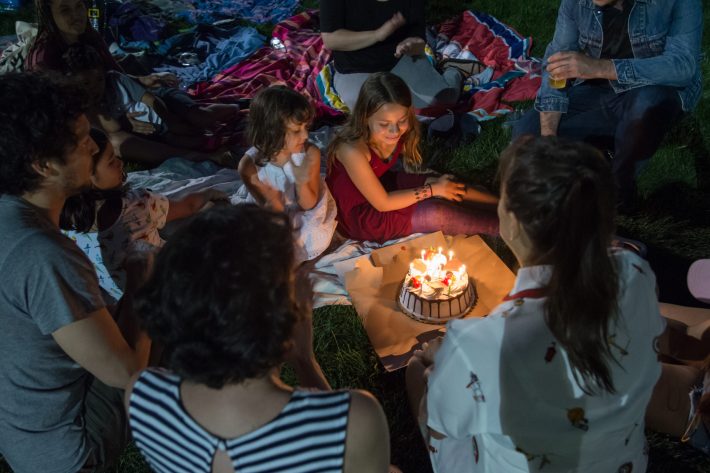
“People were just really excited to have music,” Padilla recalls. “People were happy to have a place to gather that felt safe again. Especially through the 80’s and 90s, there was a lot of decline happening in the area, so this represented, not only hope, but also upliftment of the creativity that is inherent in the diversity there.”
Allison M. Keating, executive director of the Levitt Pavilion L.A., recalls a story that still circulates from the Pavilion’s very first show. Sharon Yazowski, the first executive director, had valid concerns about gang altercations negatively affecting the concerts, only to be approached by a gang member who enthusiastically thanked her for bringing the free shows to the neighborhood.
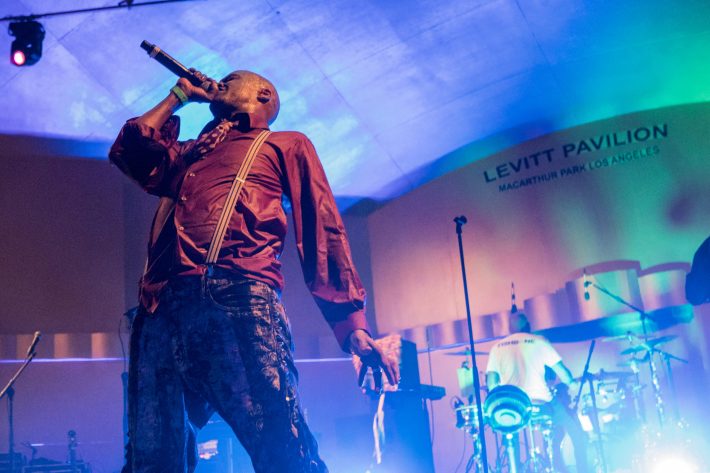
Matthew Himes, the Pavilion’s Director of Programming & Production, reminisces about the influence of the music on the community. One of Himes’s early Pavilion shows featured Bomba Estereo, long before they were nominated for multiple Grammys or were headlining the Hollywood Palladium.
“There’s been several acts here through the last 15 years that have gone on to win Grammys and become international touring bands, they’re on award shows and TV commercials,” he says. “To see that level on our stage, bands that could charge $15-$100 per ticket, and be able to have that in this neighborhood and be able to have the level of programming and production that we have, and done for free, I think that’s very, very special.”
With free summer concerts each year since 2007 (except in 2020 due to the pandemic), Levitt LA has certainly seen an enormous number of great bands who have gone on to wider renown, as well as legacy musical acts, appear on its stage since 2007.
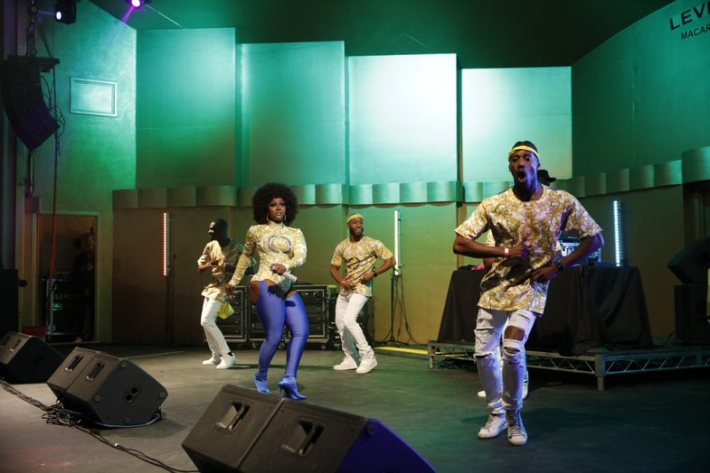
The tally of the past fifteen years reads like a who’s who of independent music superstars both local and international, including nyabinghi icon Ras Michael, Baja’s Nortec Collective, and Colombia’s Sonora Dinamita, as well as hometown heroes like Quetzal, Ozomatli, La Santa Cecilia, the Mariachi Divas, and Los Lobos.
A particular highlight comes each summer with “Wonder-full In the Park,” a night dedicated to Stevie Wonder, in which deep cuts from the soul superstar’s catalog are spun by renowned DJs for eight hours straight, and which has occasionally been graced by Wonder himself, who has even delighted audiences to surprise piano performances.
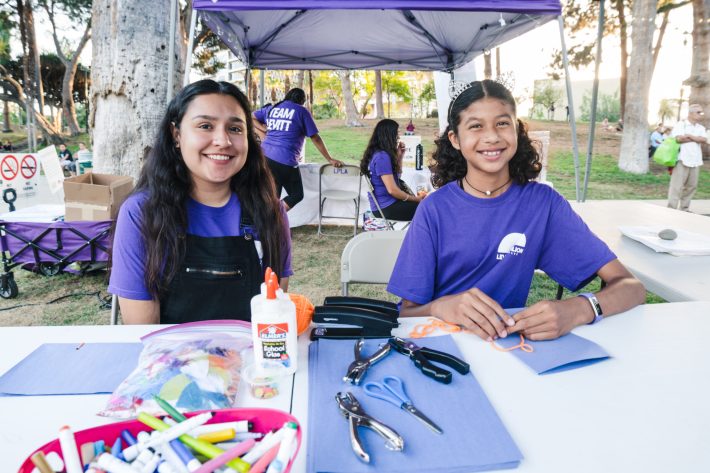
Levitt LA also provides a family-friendly environment and no age minimum, making events like its regular ska nights, which has featured veteran artists like Tijuana No in the past, a safe refuge for teenagers whose only other option may be a backyard punk show in South or East L.A. It’s common for such events to be packed with multiple generations sharing the tunes and energy they love in triple-skanking circles where kids are on their fathers’ shoulders and fallen soldiers are immediately picked and protected up by their fellow fans.
“It’s definitely one of our biggest goals to have diversity,” Himes says of the artist programming. “It’s such a privilege to be in Los Angeles. We’re trying to represent the diversity of the city itself, we want to be a microcosm or a reflection of what the city is, trying to tap into different neighborhoods and represent that on stage, whether it’s local groups or international groups, or bands people, or maybe their grandparents, have grown up on.”

Himes recalls a meaningful exchange following the last L.A. show of departed Mexican Cumbia legend Celso Piña, during the Pavilion’s Sunday nights, which focus on more traditional, heritage-based programming in contrast to its more commercial offerings that span the gamut with Latin artists, hip-hop, funk, reggae, punk, and soul.
“I had a grown man come up to me crying, because he actually got to bring his small children, and remembers, back in the days, in the eighties, listening to Celso Piña,” Himes says. “Now he gets to bring his children and his grandchildren to see him for free.”
Padilla puts the neighborhood importance of the Pavilion into perspective, telling L.A. TACO, “People definitely have this sense of pride, and it helps people have a sense of place,” she says. “MacArthur Park is already so rich, dynamic, and diverse, so the fact that people get to see their cultures and folks represented on stage, it’s just really given a lot of joy and continues to play out in the work we get to do.”
To illustrate the point, Keating recalls her first show when a man experiencing homelessness in the park insisted on contributing to Levitt LA to thank them for what it provides.
“He walked up to me and said, ‘I really want to contribute, because this brings me such joy,’” she says, eventually accepting a nickel donation.
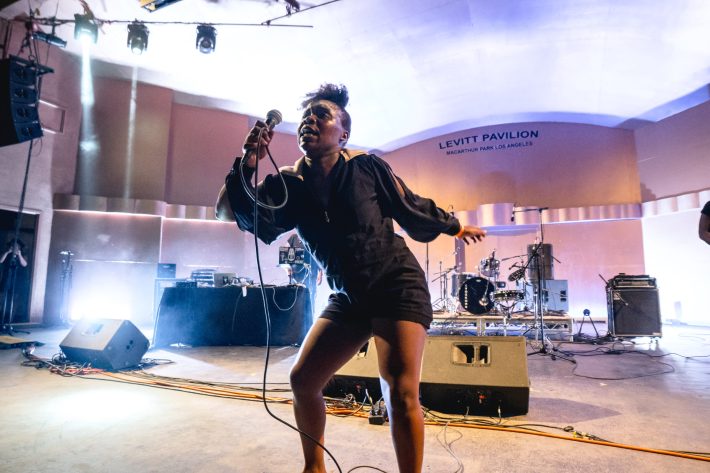
The Levitt Pavilion is ready to do it again this summer starting with a partnership between LACMA's Latin Sounds and La Banda Elástica on June 18, where El Gran Silencio, Buyepongo, and Las Chikas are all set to perform.
Beyond opening night, this summer is looking at a slate of exciting, diverse, and meaningful shows.
Audiences and staff alike are excited about acts such as the L.A. debut of Bogota’s experimental electro-rock duo Meridien Brothers, the return of iconic Sonora Dinamita, Latin soul classics from Joe Bataan, legacy sonidero from Puebla, Mexico’s Grupo Soñador, the neoperreo beats of Ms. Nina, a night of traditional and indigenous musical expressions in collaboration with Salvadoran organization Centro Cultural Techantit, Bangladeshi Night, “Boombox Presents” DJ Peanut Butter Wolf, Venezuela’s Andrekza, and INCA, The Peruvian Ensemble, among many more.
Programming this year will also include Levitt LA’s regular co-curated collaborations with non-profits and activist collectives like FilAm Arts, United American Indian Involvement, Inc., and the original eighties hip-hop youth center Radiotron, as well as a recurring focus on L.A.'s Caribbean community and events celebrating Pride.
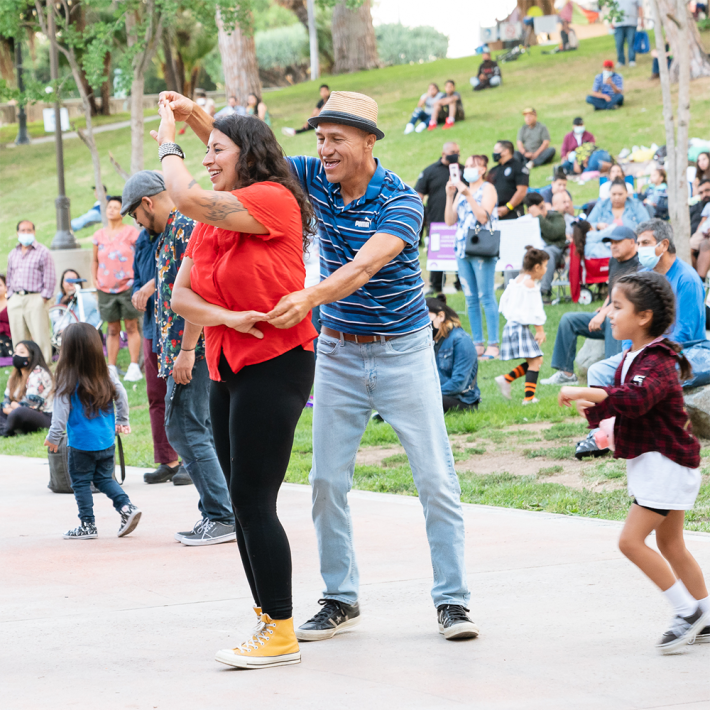
The forthcoming season at the Levitt Pavilion is another one not to be missed, with over 150 bands planning to hit its stage. And it’s harder than ever to miss them, as the shows are now being live-streamed and posted online, creating a living archive of the talent emerging from Los Angeles. The Pavilion is also able to offer more pop-up shows in different L.A. neighborhoods.
“We’ve expanded our notions of accessibility,” Padilla says. “Which has been amazing, as now folks internationally can tap in and we can connect with the different diasporic communities of Los Angeles, which has been very impactful.”
Of course, you can always consider paying triple figures later to see these bands in crowded theaters someday, too. Once their stars have exploded and their Grammys won. Or you can see them for free this summer at The Levitt Pavilion.
